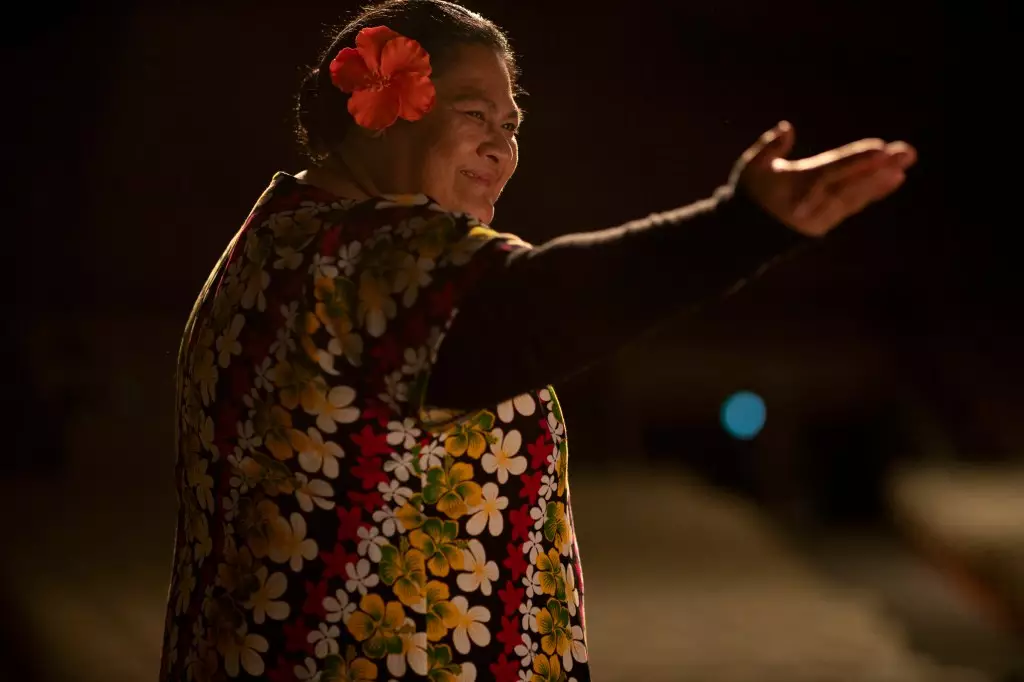In an era where mainstream cinema often succumbs to repetitive formulas and superficial diversity, the arrival of Tinā offers a compelling and necessary disruption. This film isn’t merely a story about a Samoan mother’s grief; it’s an incisive commentary on how marginalized communities reclaim agency through storytelling. It refuses to conform to tired narratives and instead boldly foregrounds authentic voices that traditionally go unheard in international cinema. This approach not only enriches the cultural landscape but also advocates for a more inclusive and equitable representation within the arts.
By choosing a nuanced story rooted in Pacific Islander traditions, Tinā positions itself as a transformative piece that challenges stereotypes and pushes boundaries — placing community narratives at the forefront instead of on the periphery. It is a reminder that authentic stories emanate from lived experiences, and those stories deserve to be recognized globally. This is a rare achievement at a time when Hollywood is often criticized for its superficial diversity efforts, and yet, the film’s success indicates a longing among audiences for genuine representation.
The Power of Cultural Heritage in Breaking Barriers
What makes Tinā particularly striking is its deliberate infusion of traditional musical and cultural elements that serve as a form of resistance and healing. Mareta Percival’s journey is emblematic of how cultural roots can be a site of resilience in the face of trauma and marginalization. The film demonstrates that cultural expressions are not merely aesthetic choices but vital tools for societal healing and identity reinforcement. This portrayal resonates deeply within communities that often feel their histories are marginalized or dismissed.
This film subtly underscores a broader societal truth: acknowledging and celebrating cultural diversity isn’t an act of charity but an essential step toward authentic social cohesion. It intentionally confronts the homogenizing tendencies of Western institutions, particularly educational systems that often overlook indigenous identities. By doing so, it advocates for a future where cultural differences are seen as strengths, not obstacles, fostering a more inclusive national narrative.
A Call for Artistic Courage and Social Responsibility
The decision of filmmakers like Miki Magasiva to prioritize community-centered storytelling marks a vital shift in the industry. Tinā exemplifies how artistic courage and social responsibility are intertwined, inspiring future creators to follow suit. Far from pandering to commercial trends, this film champions originality and emotional sincerity, qualities that are increasingly rare in today’s cinematic landscape.
Its international success, particularly in the U.S., signals a turning point in how marginalized narratives are valued and received. It reminds us that cinema can be a catalyst for social change—challenging entrenched stereotypes, fostering empathy, and amplifying authentic voices. Perhaps most importantly, Tinā exemplifies the profound impact of investing in stories that matter—a vital lesson for a film industry clamoring for meaningful diversity and inclusion.
This movie didn’t just find its audience; it demanded one by refusing to cower in the shadow of mainstream mediocrity. It’s a testament to the power of vulnerable storytelling rooted in cultural truth, offering a blueprint for more bold and conscious filmmaking moving forward.

Leave a Reply